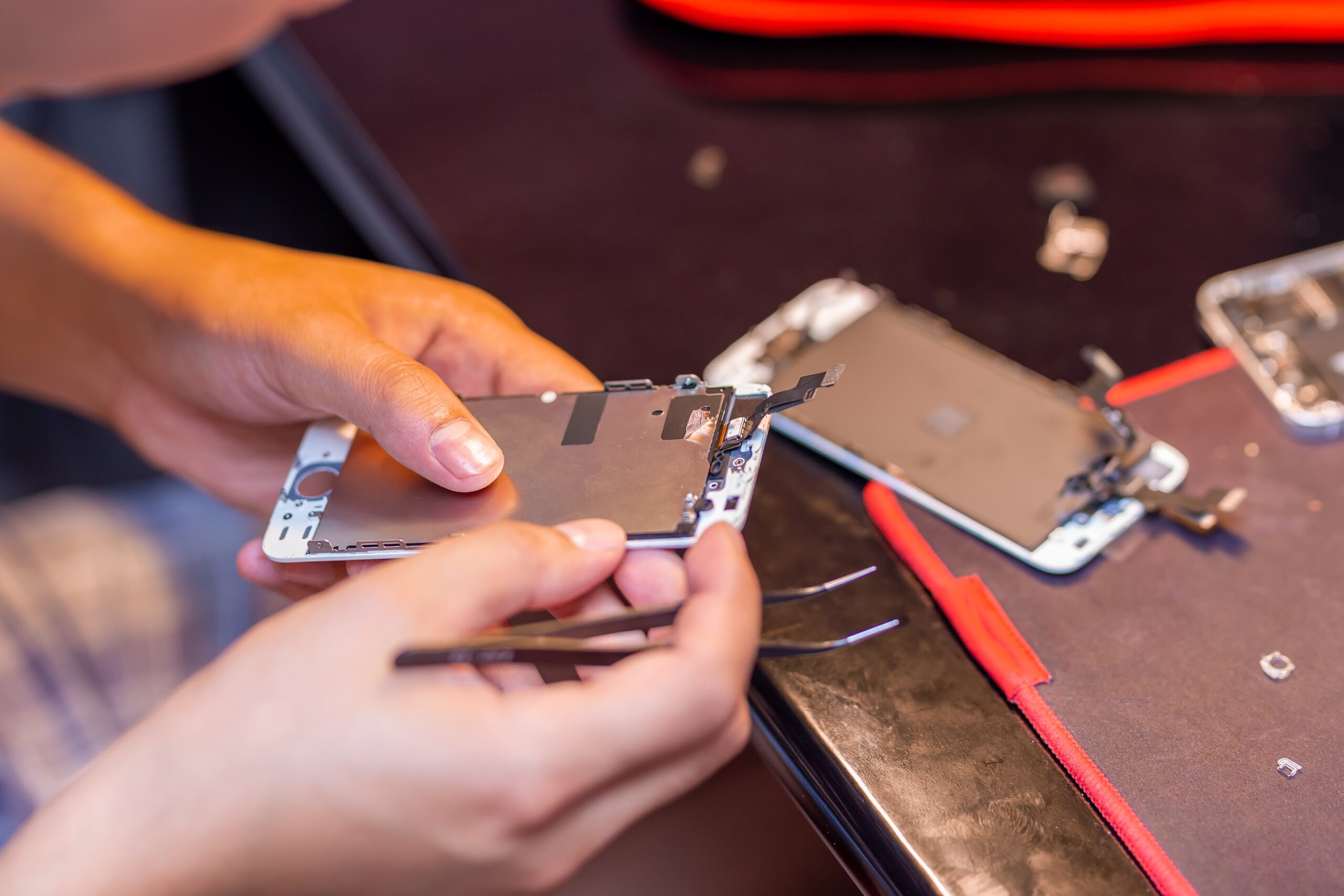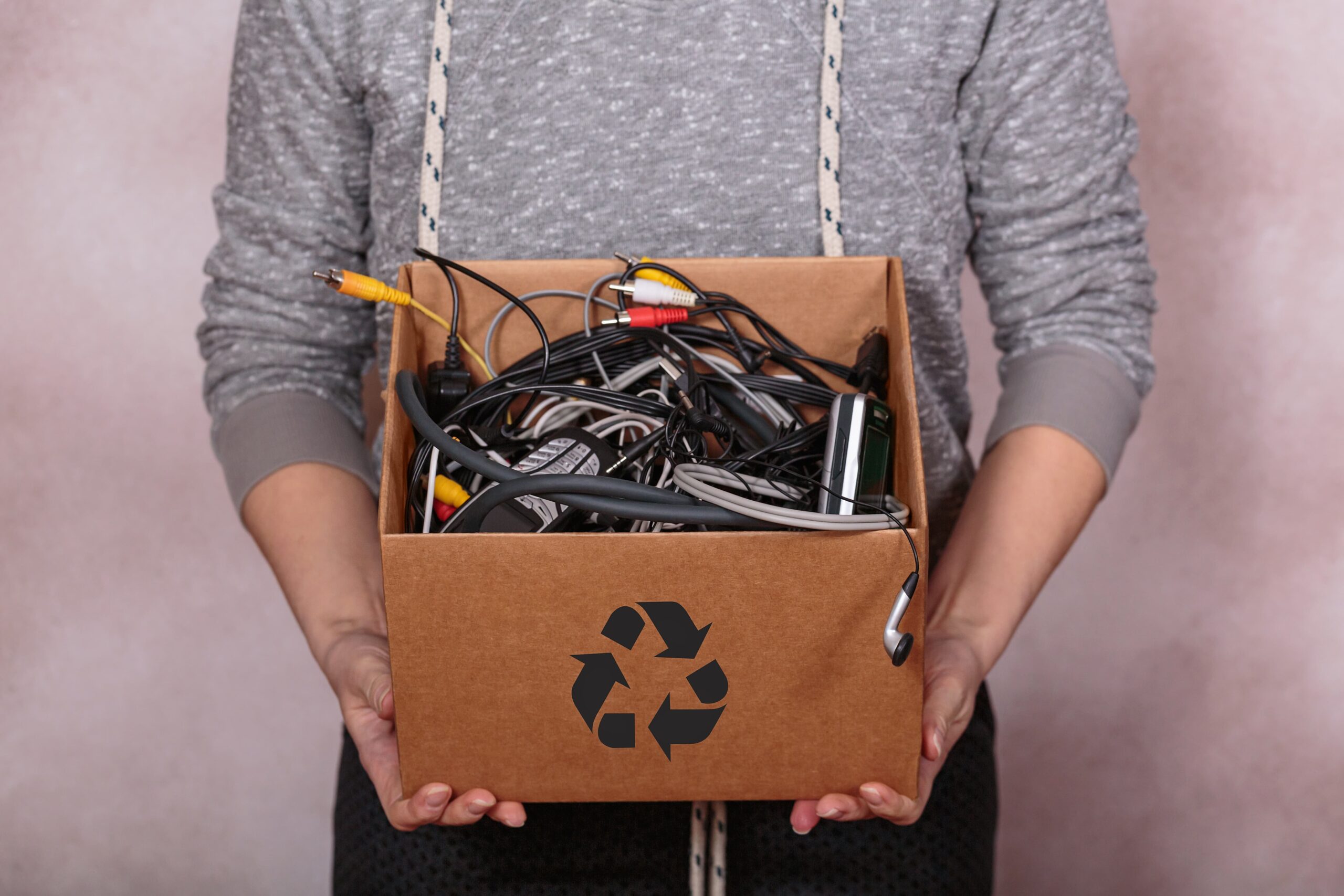Introduction
In today’s rapidly evolving technological landscape, the phenomenon of planned obsolescence has emerged as a significant factor contributing to electronic waste (e-waste) generation. At Great Lakes Electronics Corporation, we recognize the implications of this practice not only for businesses but also for the environment. This article explores the concept of planned obsolescence, its impact on e-waste, and the crucial role of rare earth metals in electronic devices.
What is Planned Obsolescence?
Planned obsolescence refers to the strategy employed by manufacturers to design products with a limited lifespan or functionality, encouraging consumers to replace them more frequently. While this approach may boost short-term sales, it has detrimental effects on the environment, particularly in the realm of electronic devices.
The Impact of Planned Obsolescence on E-Waste
E-waste is one of the fastest-growing waste streams globally, with millions of tons produced each year. The design of many electronic products encourages early disposal due to factors such as:
- Limited Repairability: Many devices are built with non-replaceable parts or complex designs that make repairs difficult, pushing consumers towards replacement rather than repair.
- Software Limitations: Manufacturers often release software updates that are not compatible with older devices, making them less functional over time.
- Aesthetic Trends: The constant push for newer models with sleek designs leads to consumers discarding perfectly functional devices.
These practices contribute to a significant increase in e-waste, which poses serious environmental and health risks.

What are Rare Earth Metals?
Rare earth metals are a group of 17 elements critical to modern technology. They are essential for producing high-performance materials and components, found in various electronic devices.
Where Do They Come From?
Rare earth metals are primarily mined from specific geological deposits, often located in China, the United States, and Australia. The extraction process can be environmentally damaging, leading to pollution and habitat destruction.
Examples of Rare Earth Metals
Some of the most common rare earth metals include:
- Neodymium
- Dysprosium
- Lanthanum
- Cerium

Why Recycle These Rare Earth Metals?
Recycling rare earth metals is vital for several reasons:
- Resource Conservation: Reduces the need for new mining operations, preserving natural resources.
- Environmental Protection: Minimizes pollution and ecological disruption associated with mining.
- Economic Value: Rare earth metals can be economically valuable, providing incentives for recycling programs.
Products That Use Rare Earth Metals
Rare earth metals are integral to many modern products, including:
- Computers: Used in hard drives, batteries, and displays.
- TVs: Essential for LED screens and sound systems.
- Cars: Found in electric motors and batteries.
- Phones: Critical for speakers, microphones, and camera components.
How to Recycle These Products
Recycling rare earth metals from electronic devices involves several steps:
- Collection: Gather old electronics through community programs or drop-off locations.
- Processing: E-waste recycling facilities dismantle devices and recover valuable components, including rare earth metals.
- Refinement: Extracted metals are processed to purify and prepare them for reuse in new products.
- Reintegration: Recycled materials are reintegrated into manufacturing processes, reducing reliance on new materials.

The Environmental Consequences
E-waste contains hazardous materials like lead, mercury, and cadmium, which can leach into the soil and water, causing pollution and health issues. Additionally, the energy-intensive processes of extracting raw materials and manufacturing new devices further exacerbate the environmental footprint.
Sustainable Alternatives
At Great Lakes Electronics Corporation, we are committed to promoting sustainable practices that counteract planned obsolescence. Here are a few strategies we advocate for:
- Design for Longevity: Encouraging manufacturers to design products that are durable and easily repairable can significantly extend their lifecycle.
- Enhanced Recycling Programs: Implementing robust e-waste recycling initiatives ensures that materials from outdated devices are recovered and reused, minimizing the need for new raw materials.
- Consumer Education: Raising awareness about the importance of repairing and recycling electronic devices can empower consumers to make more sustainable choices.
- Policy Advocacy: Supporting regulations that promote sustainable product design and responsible e-waste disposal is crucial for systemic change.
How GLEC Can Help Offset The Impact of Planned Obsolescence
Planned obsolescence is a key driver of the growing e-waste crisis, and the recycling of rare earth metals plays a critical role in addressing this issue. At Great Lakes Electronics Corporation, we believe that by prioritizing sustainability and encouraging responsible practices, we can mitigate the environmental impact of electronic waste. Together, we can pave the way for a more sustainable future, reducing waste and conserving our planet’s resources.
Learn more about our initiatives and how you can contribute to sustainable e-waste management.

